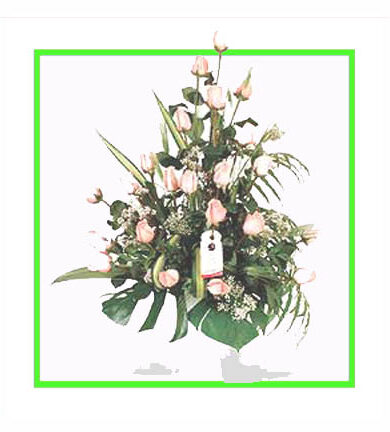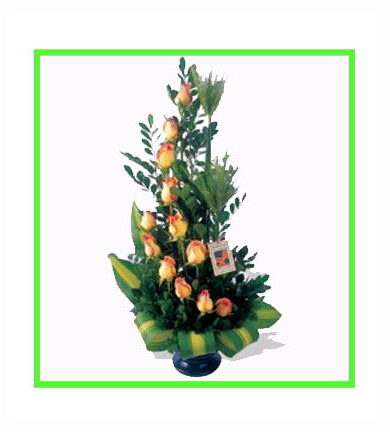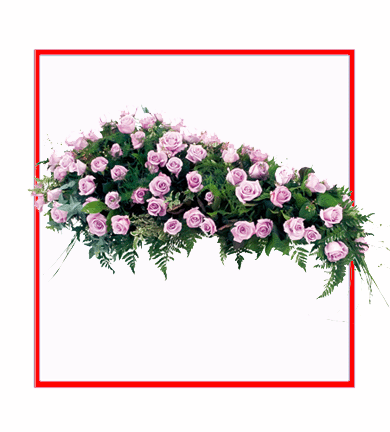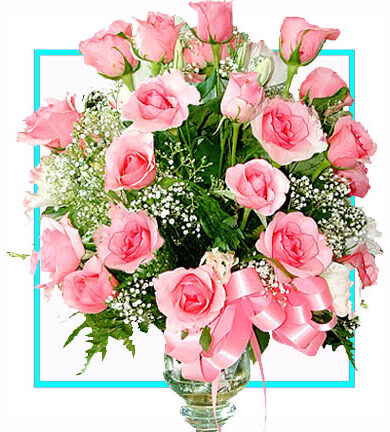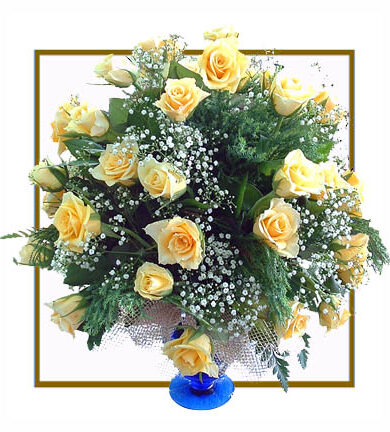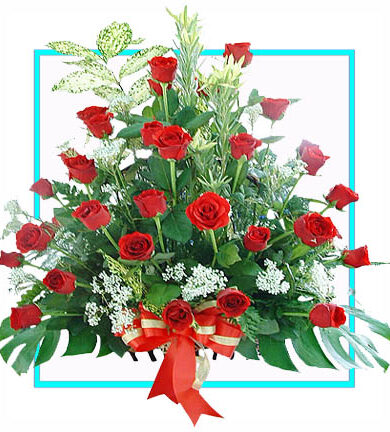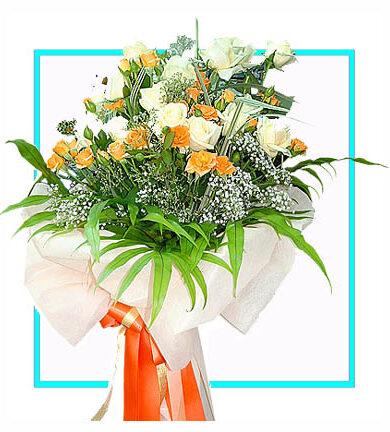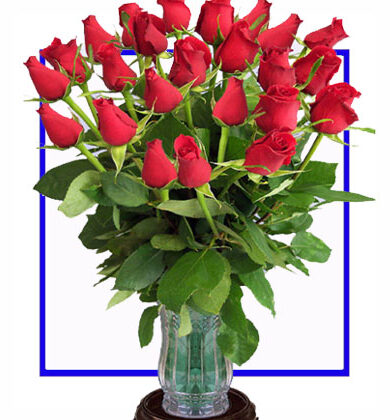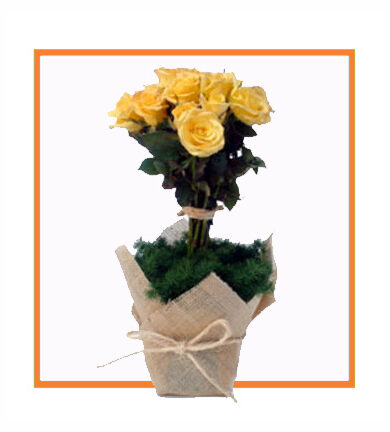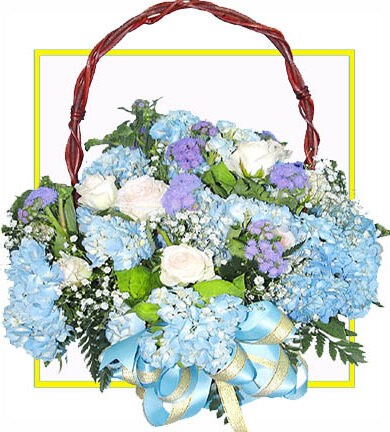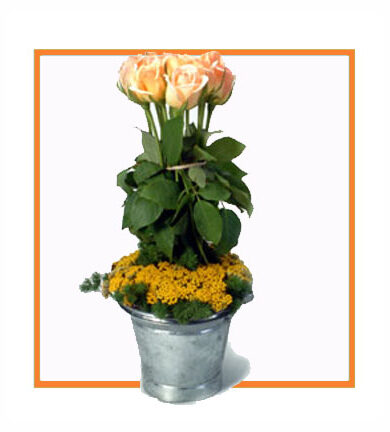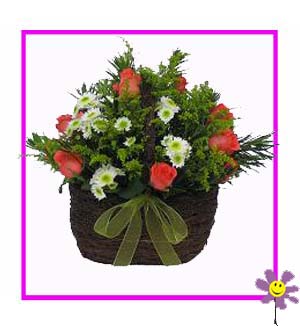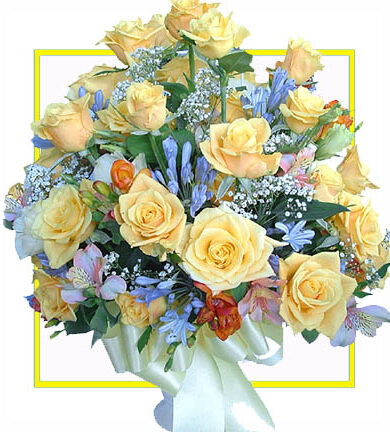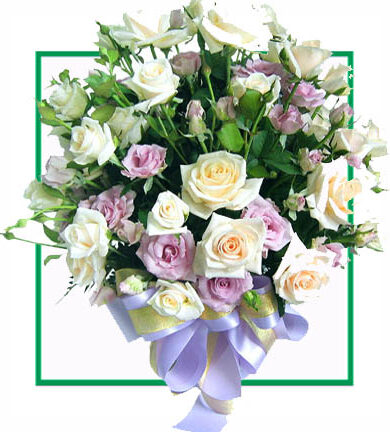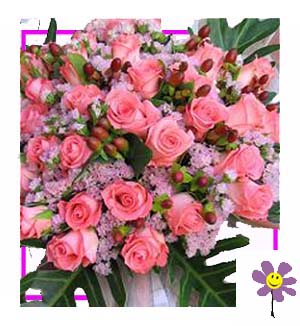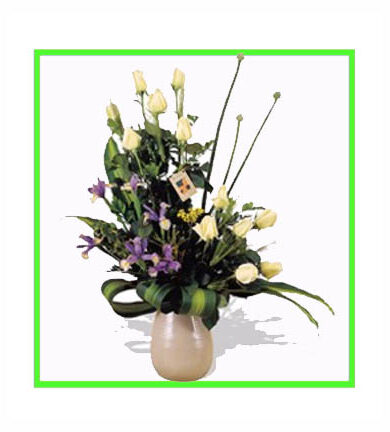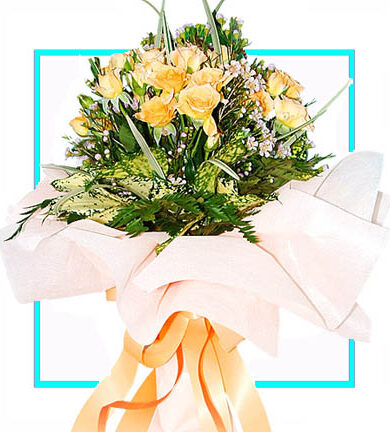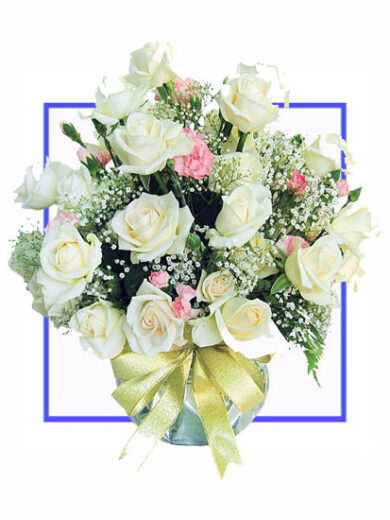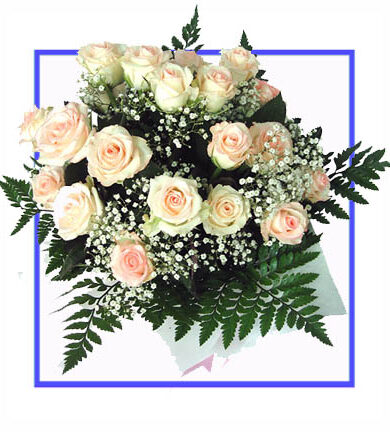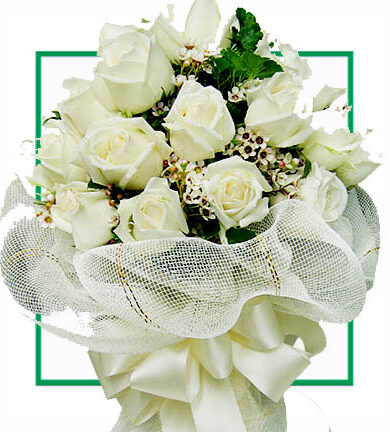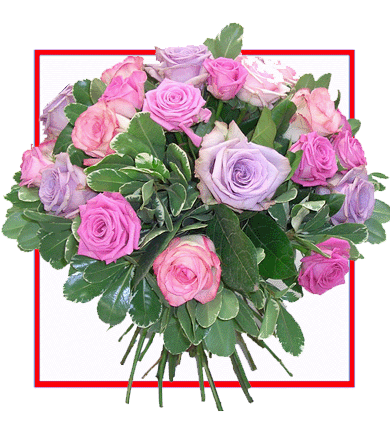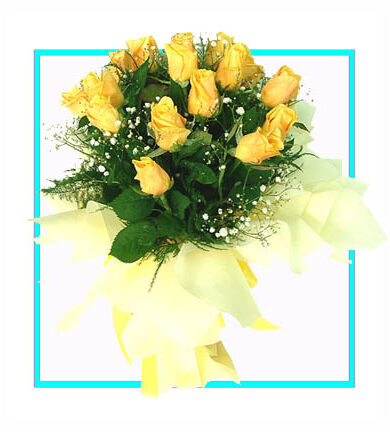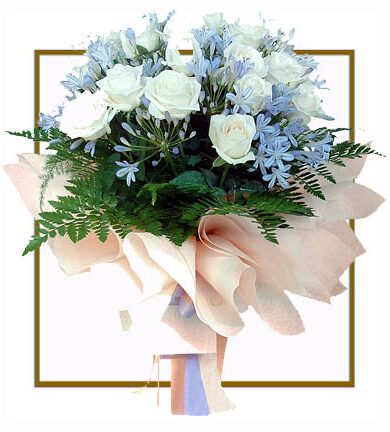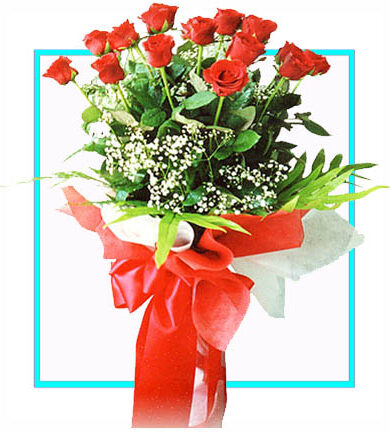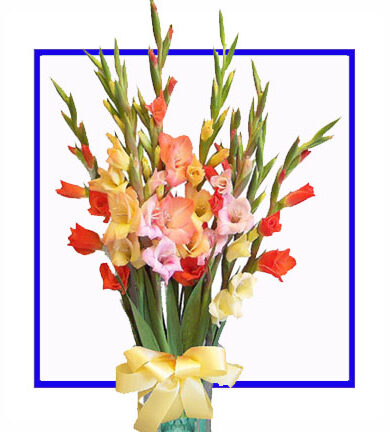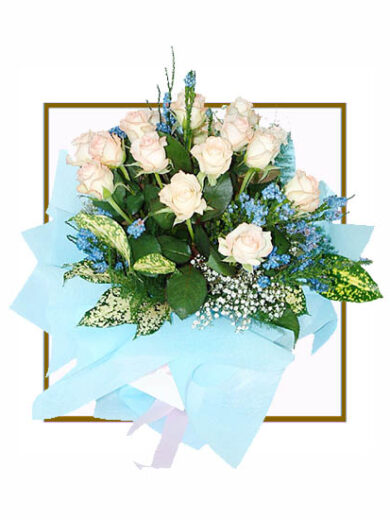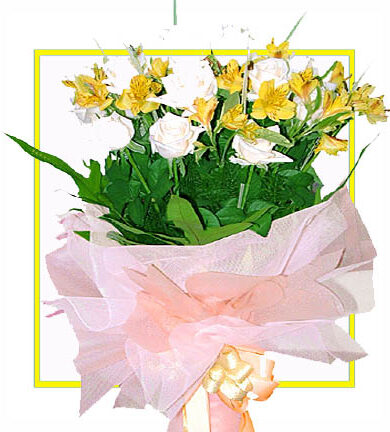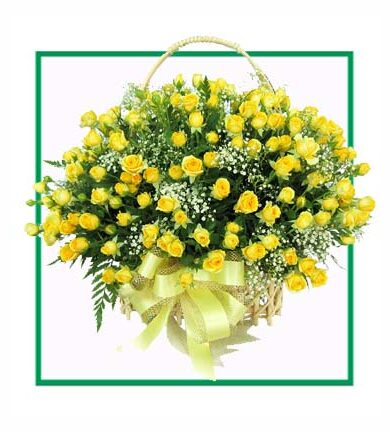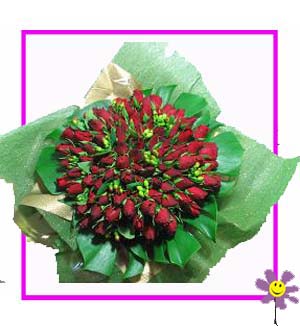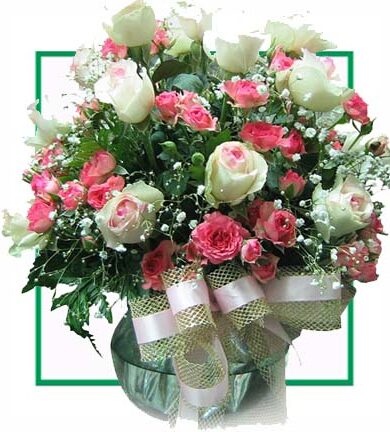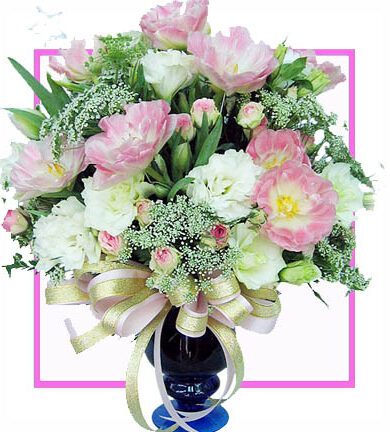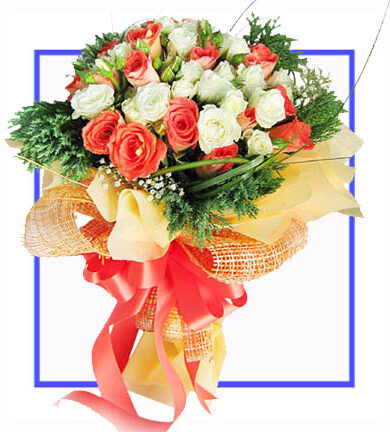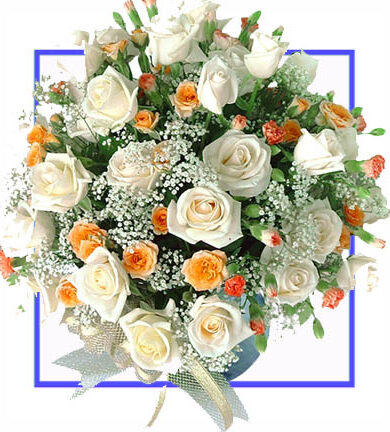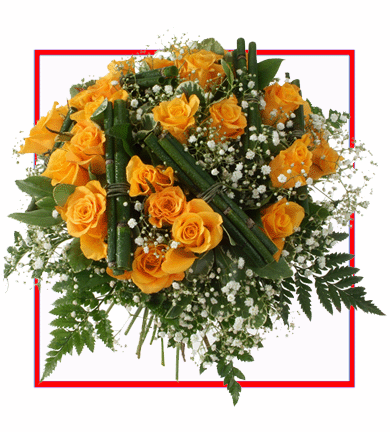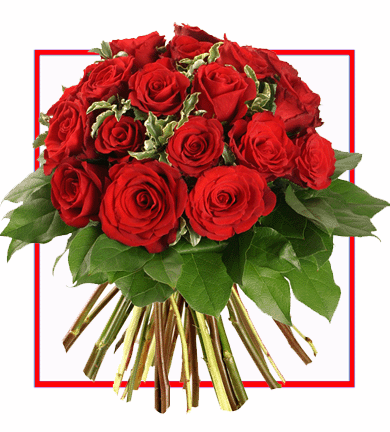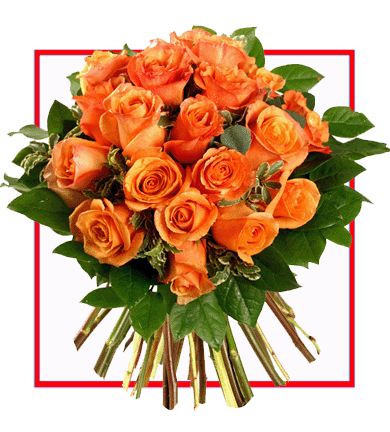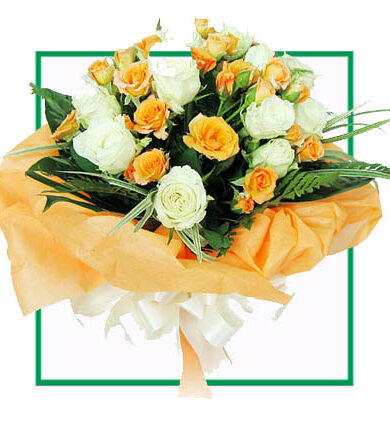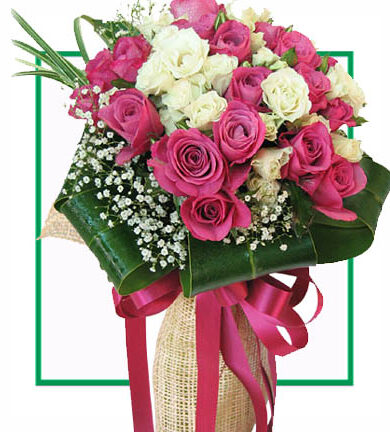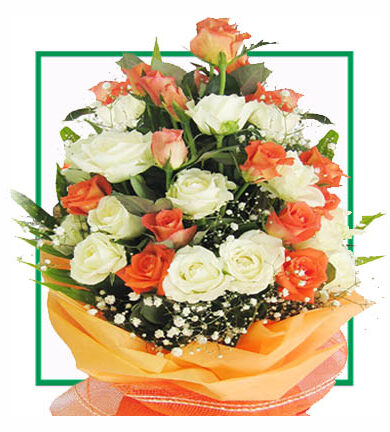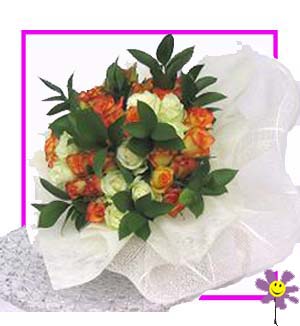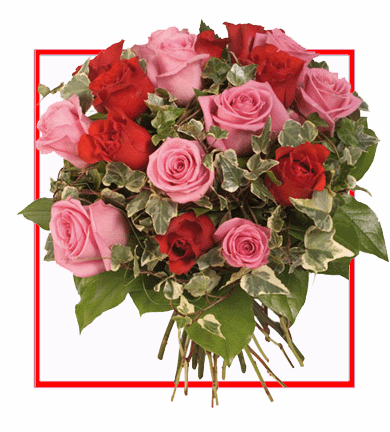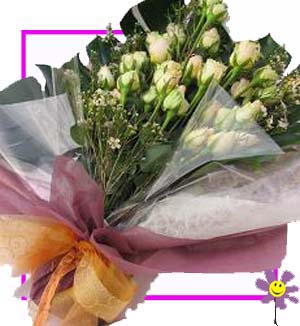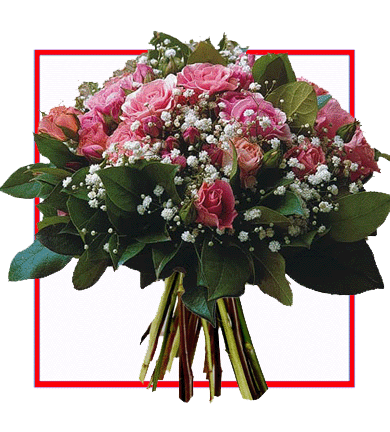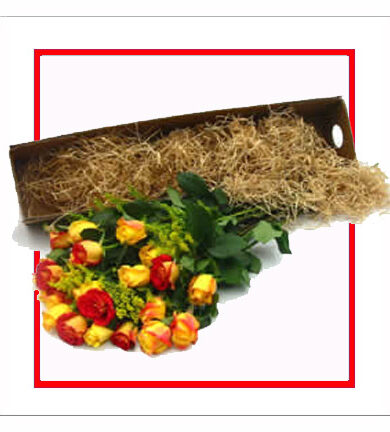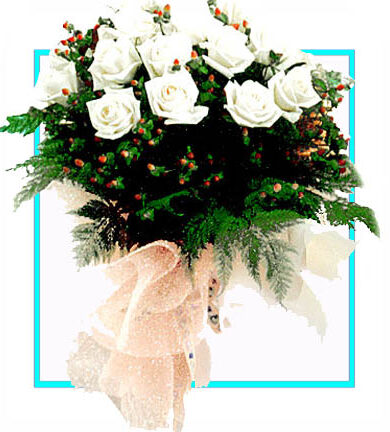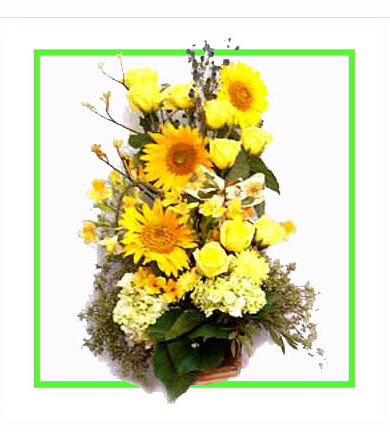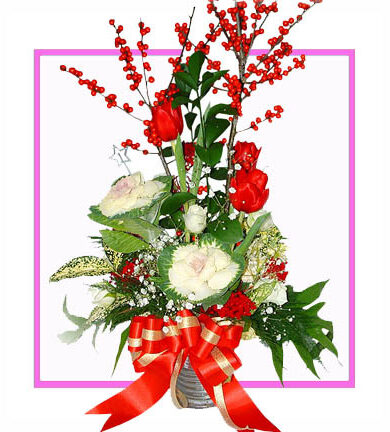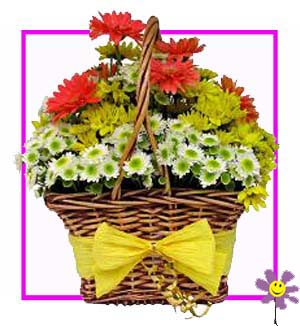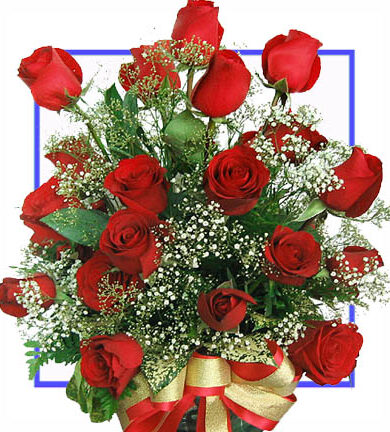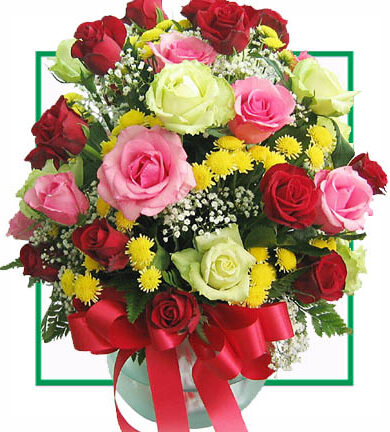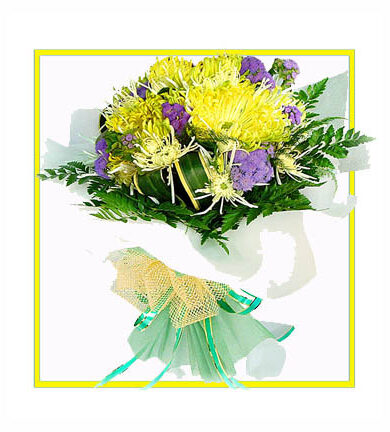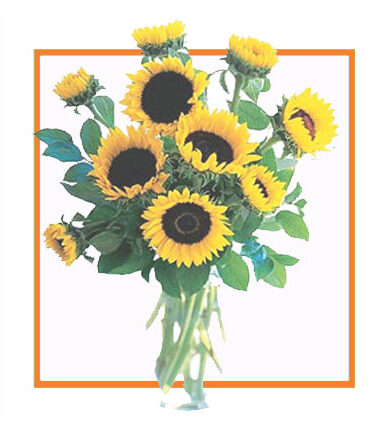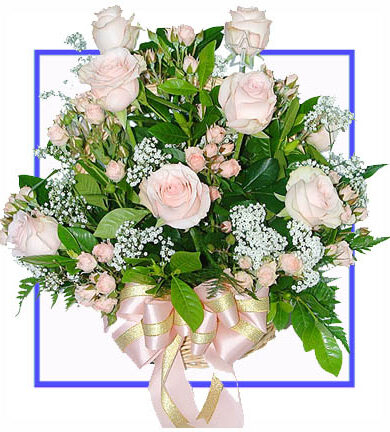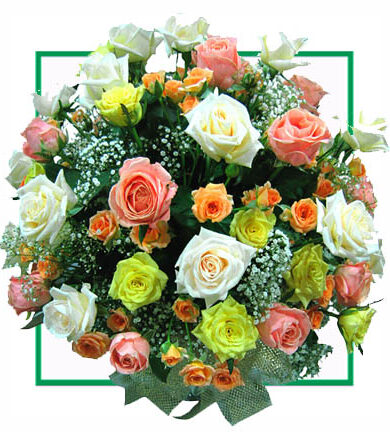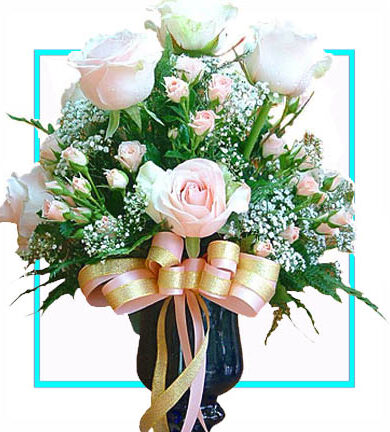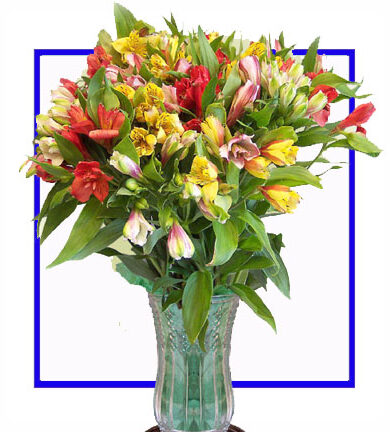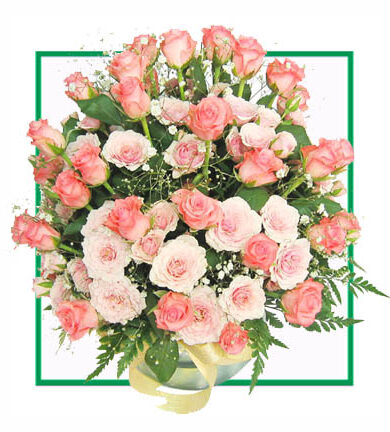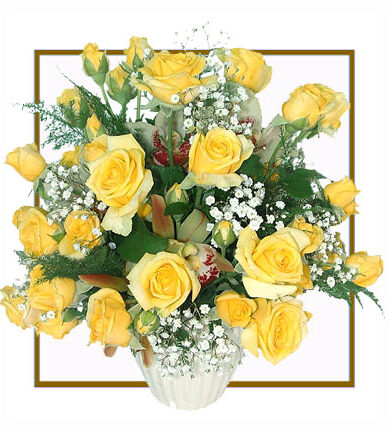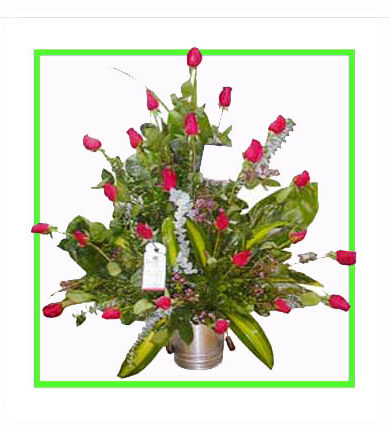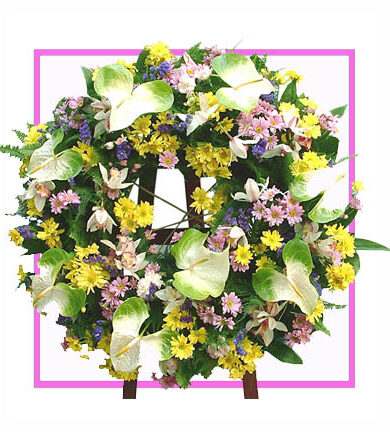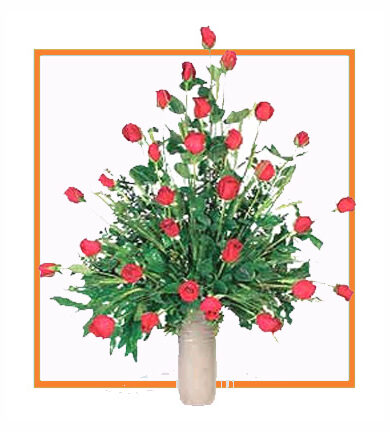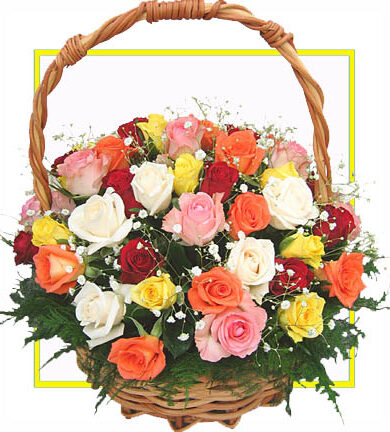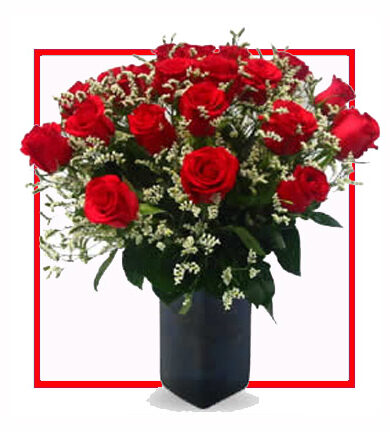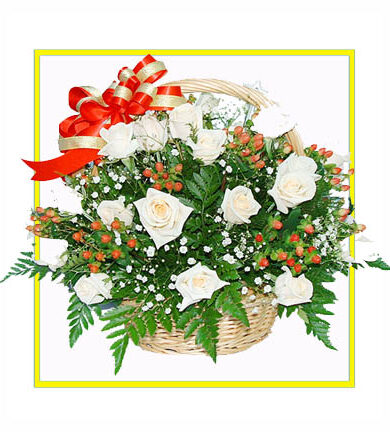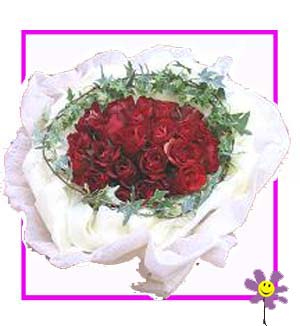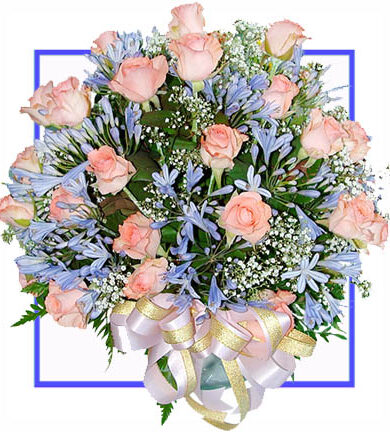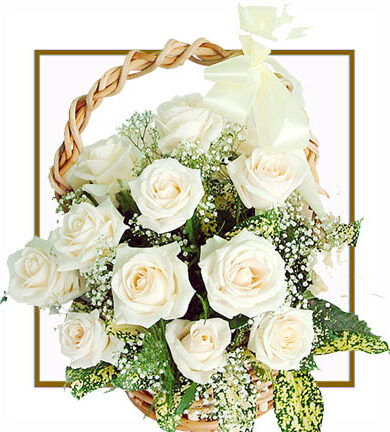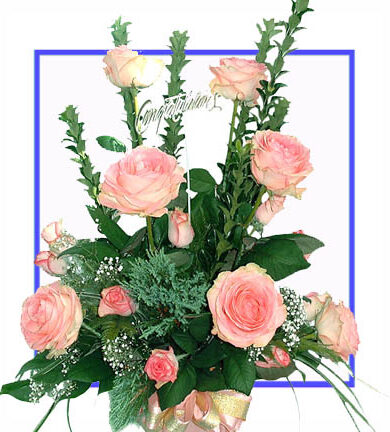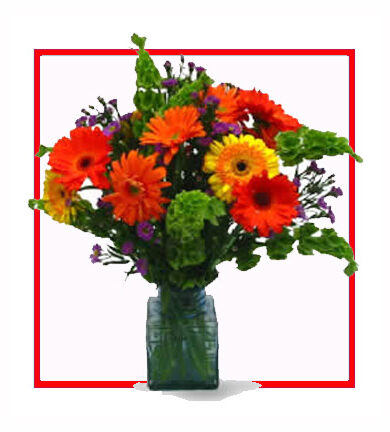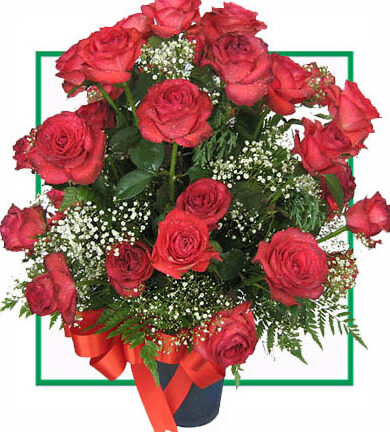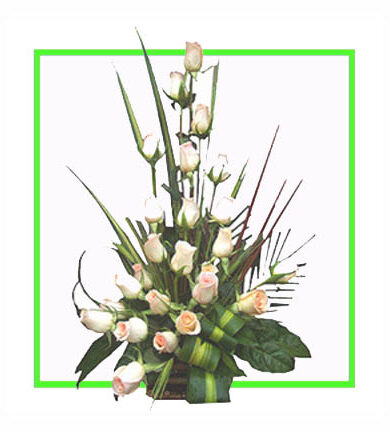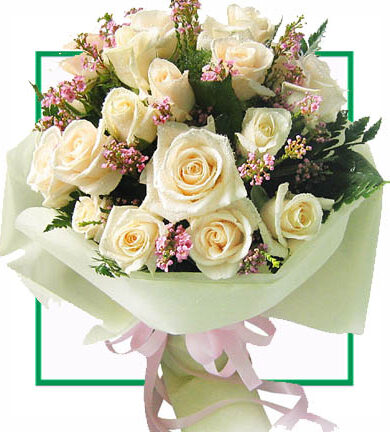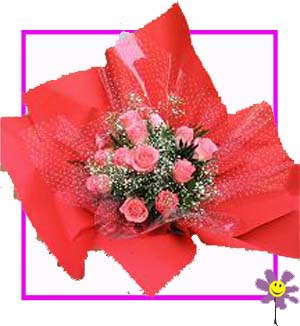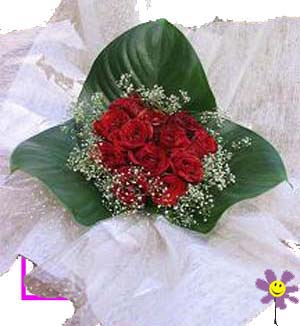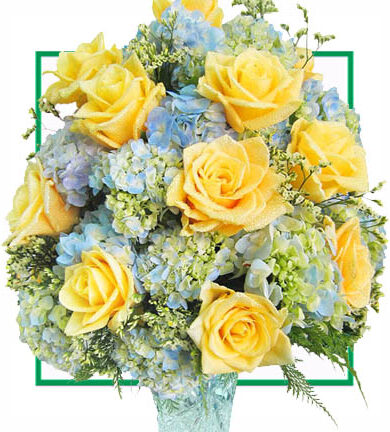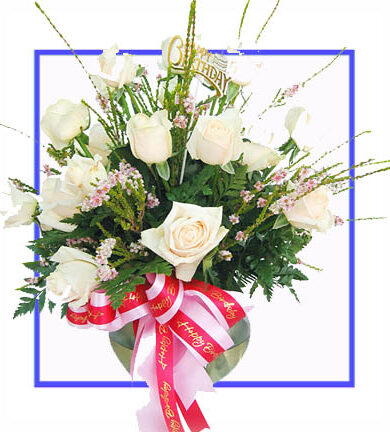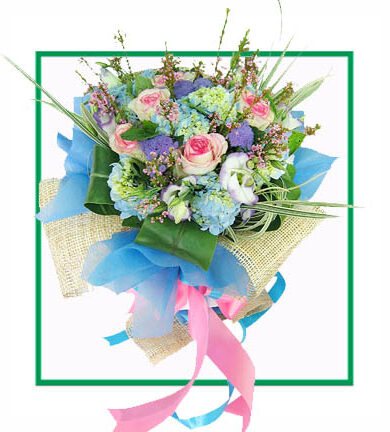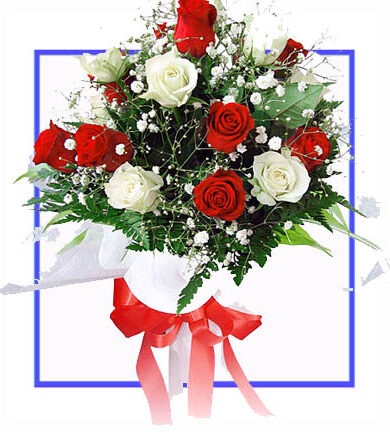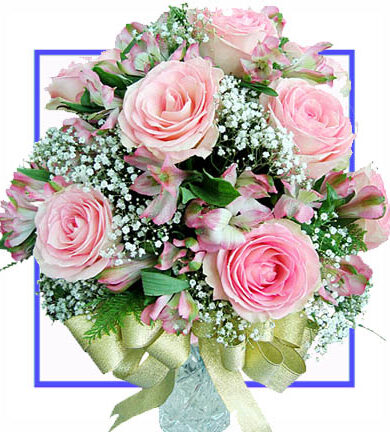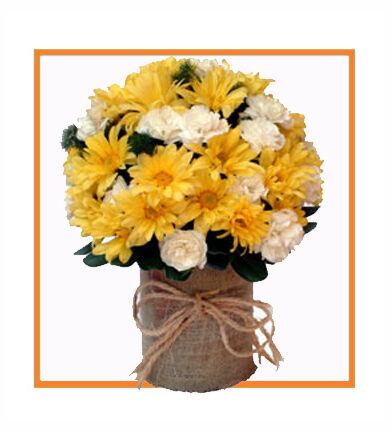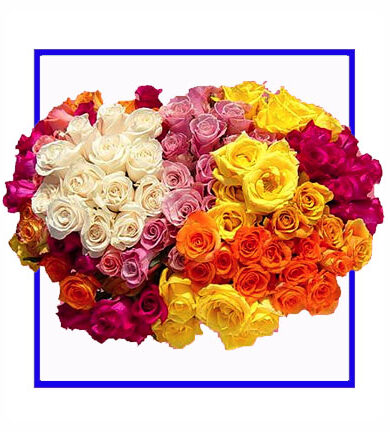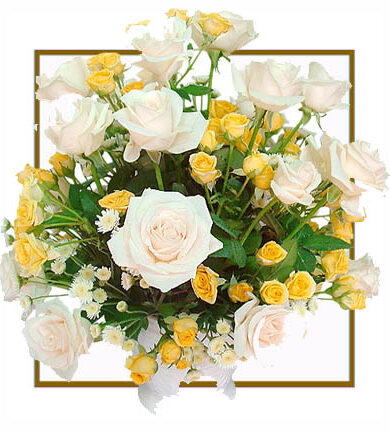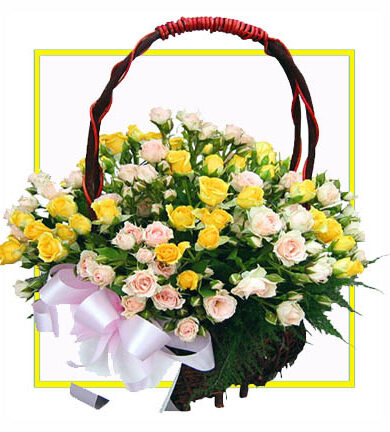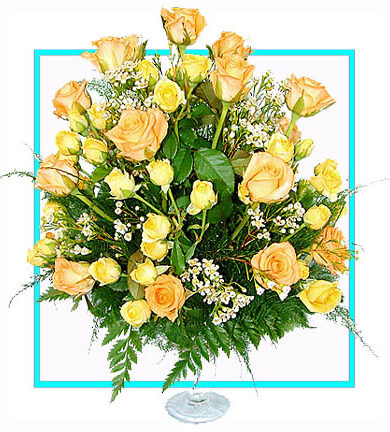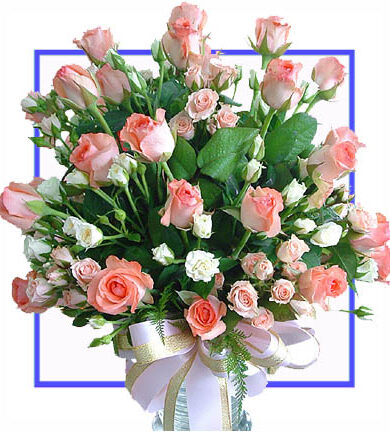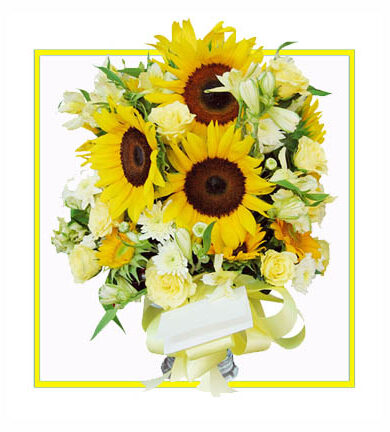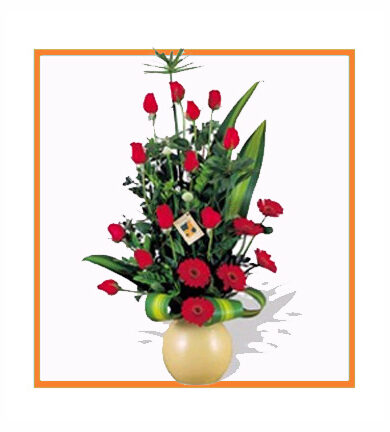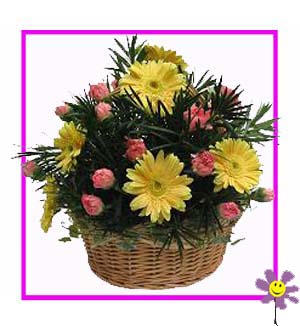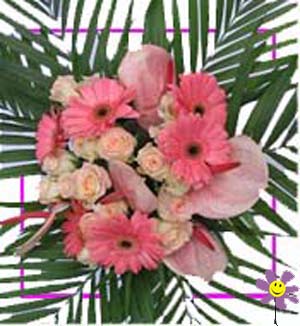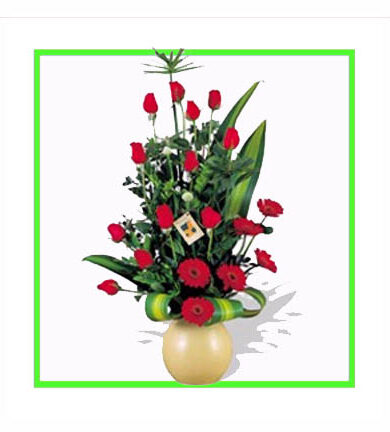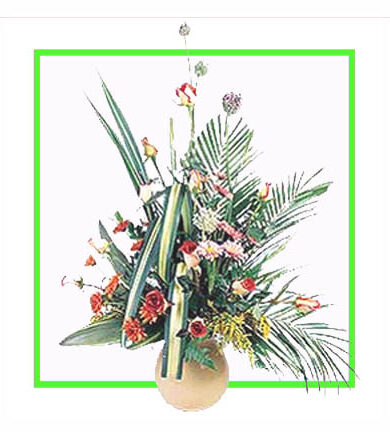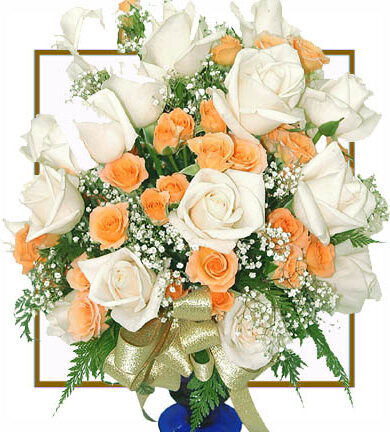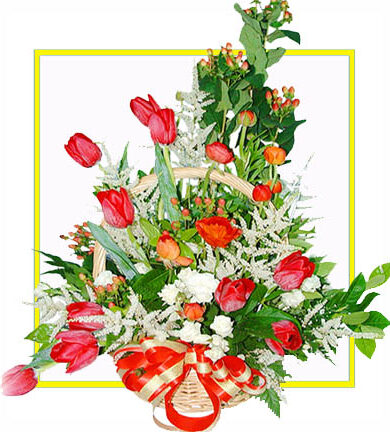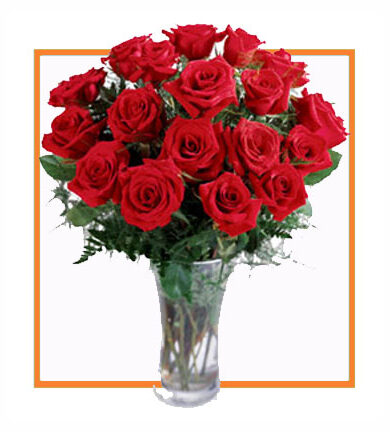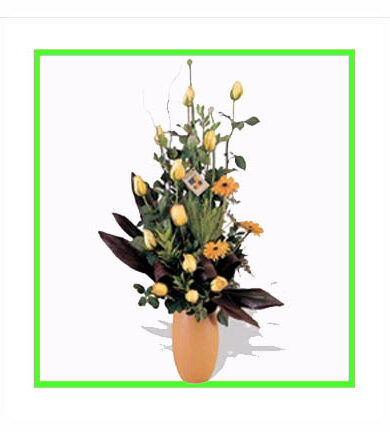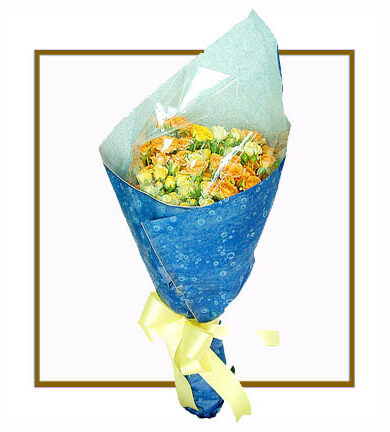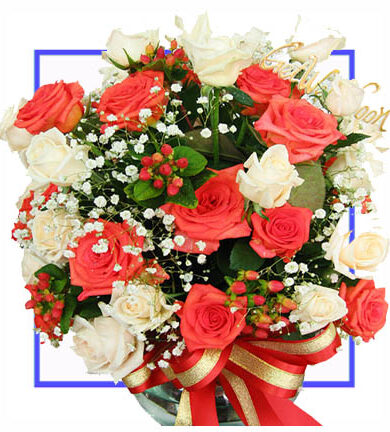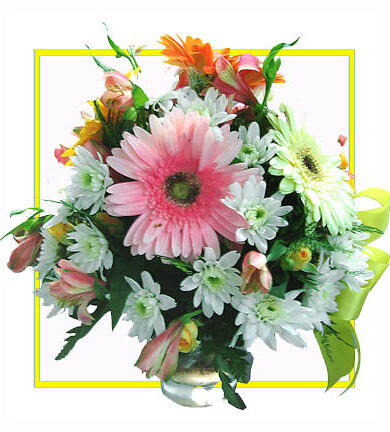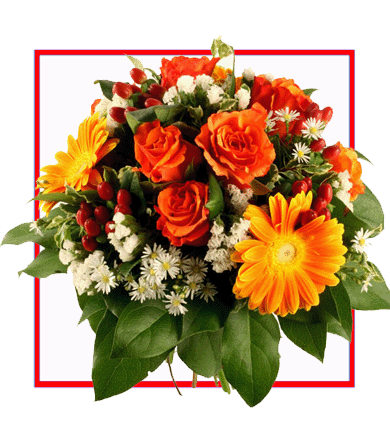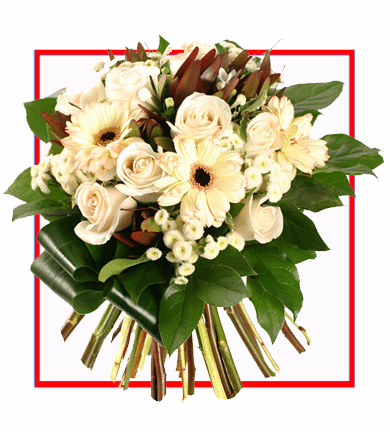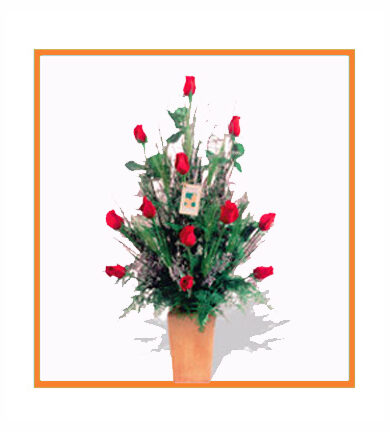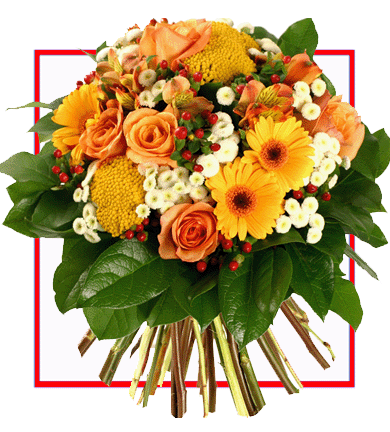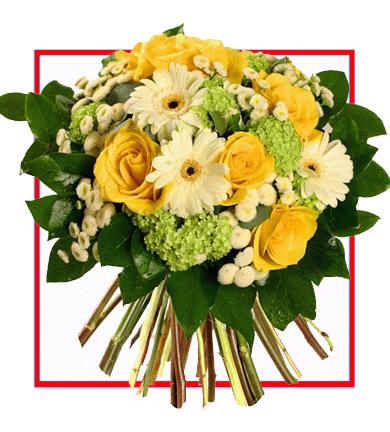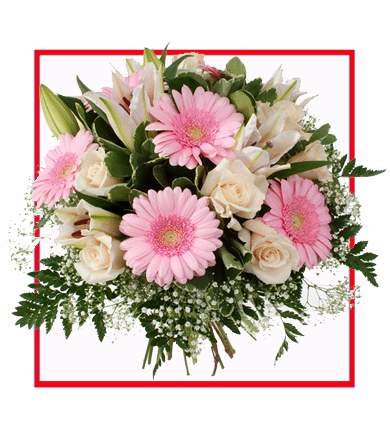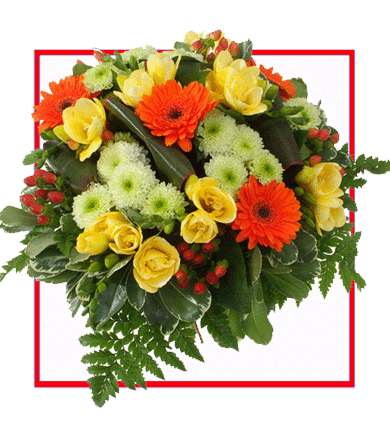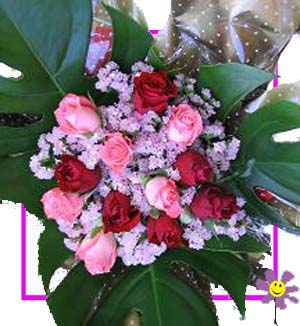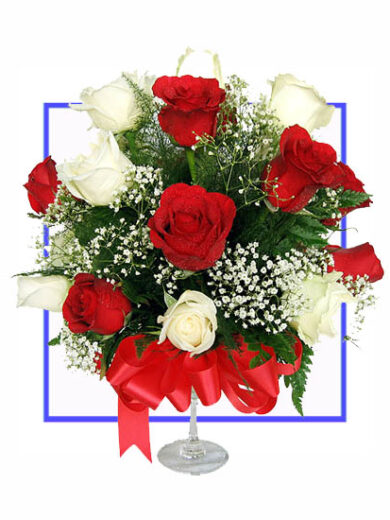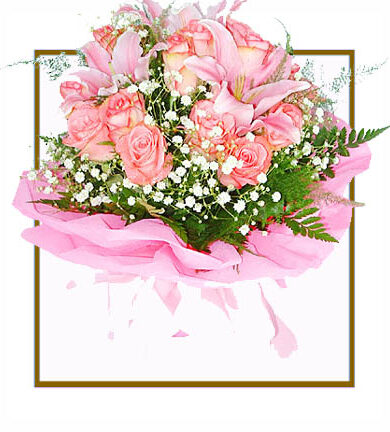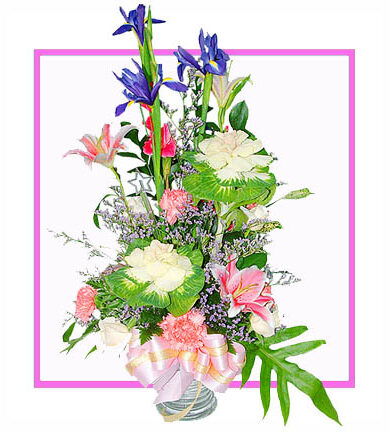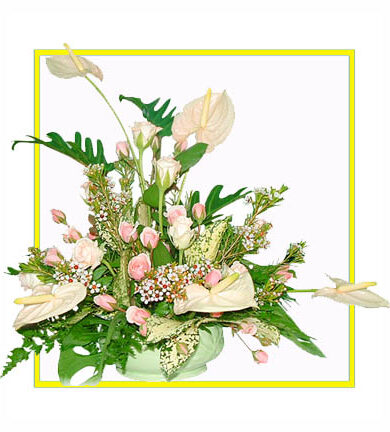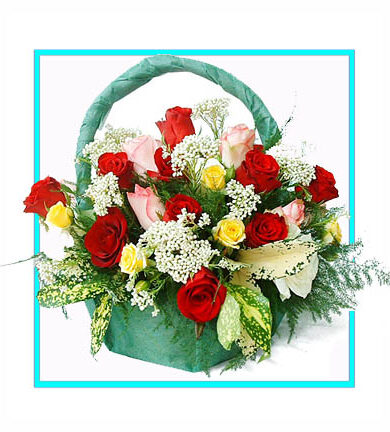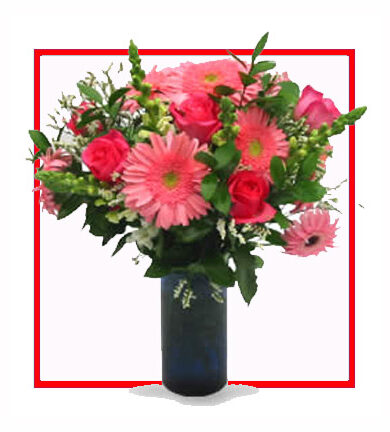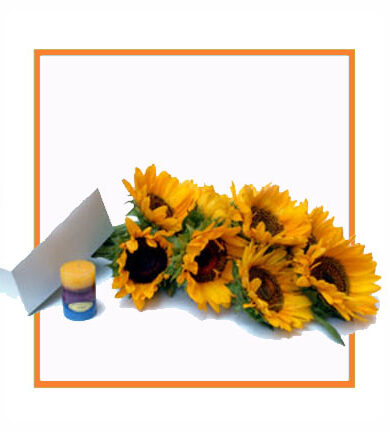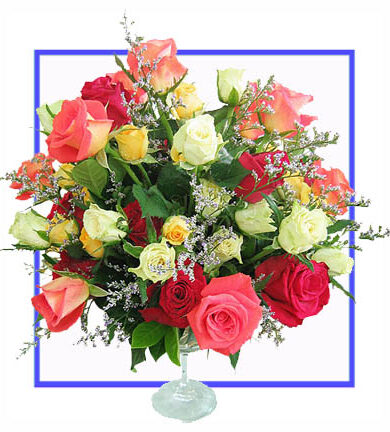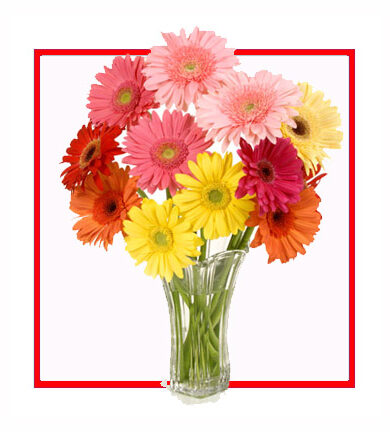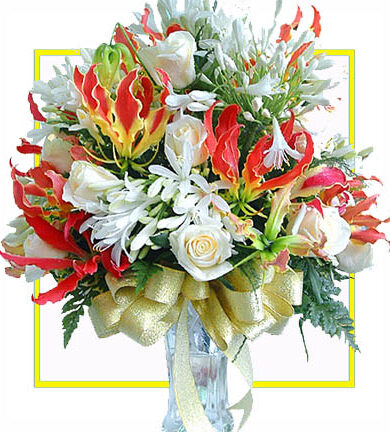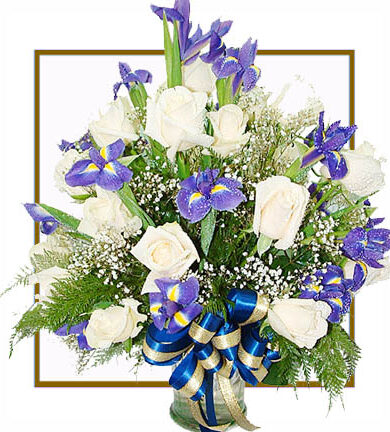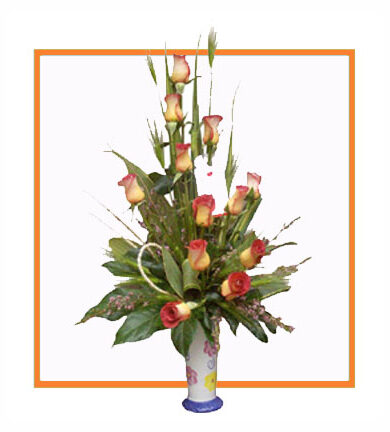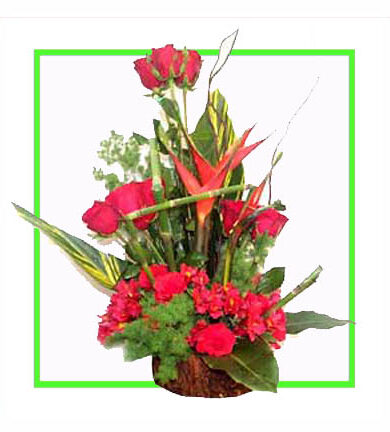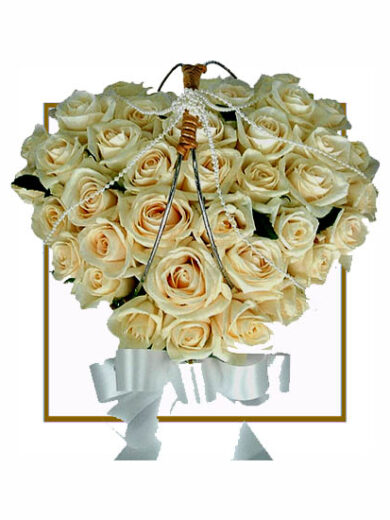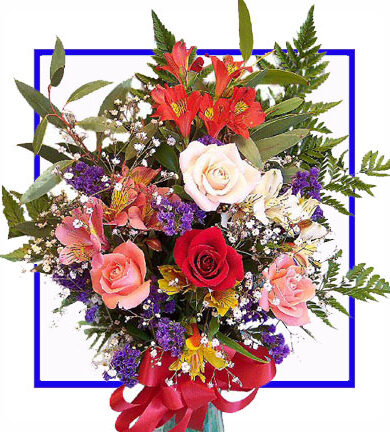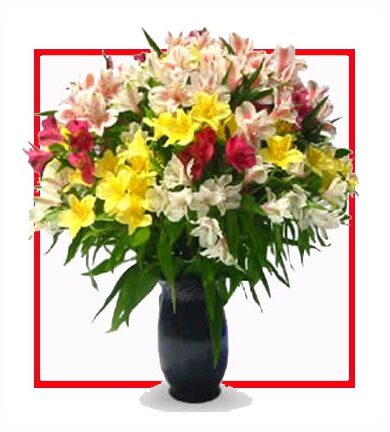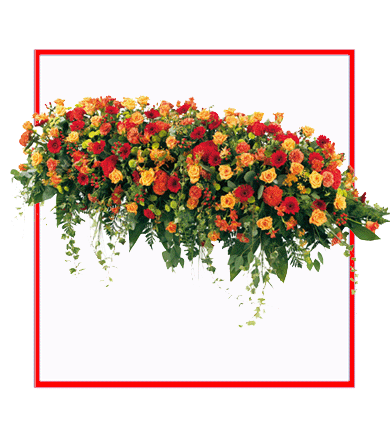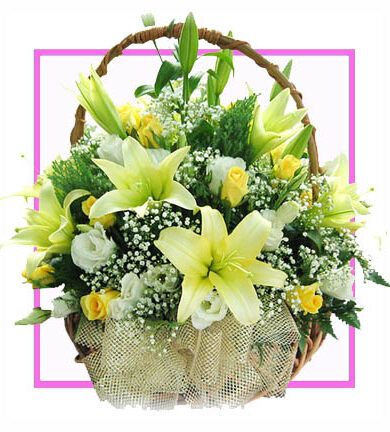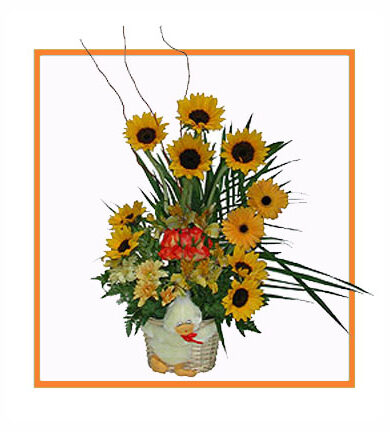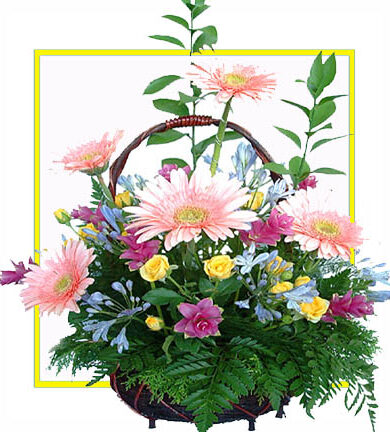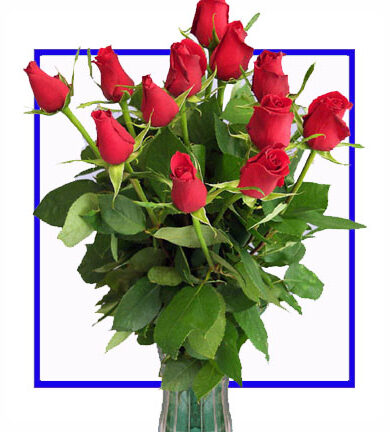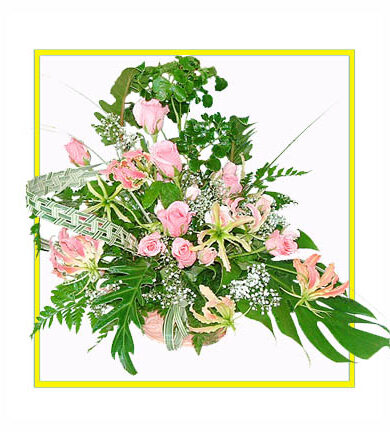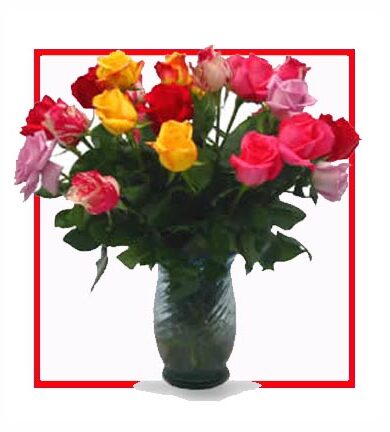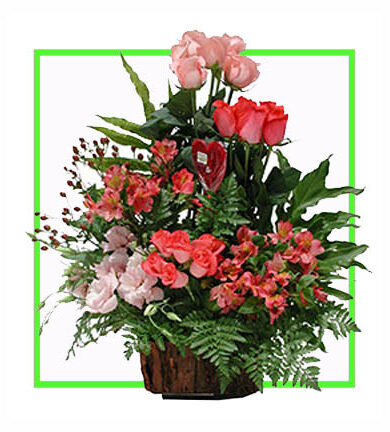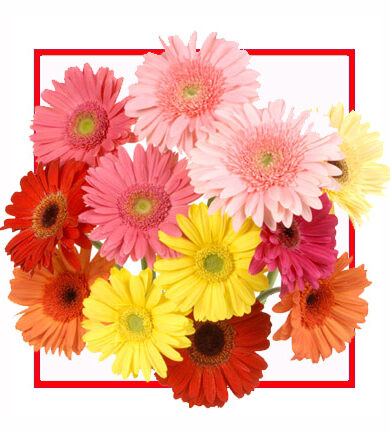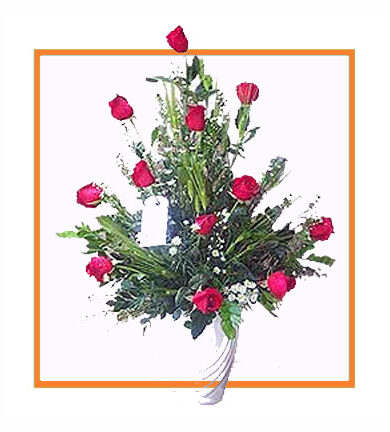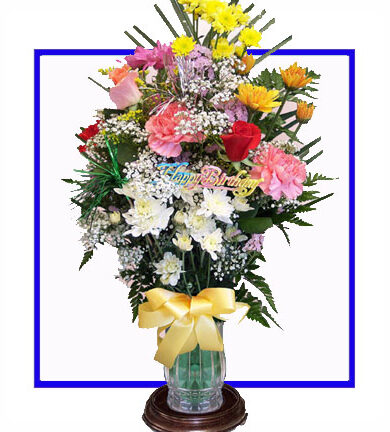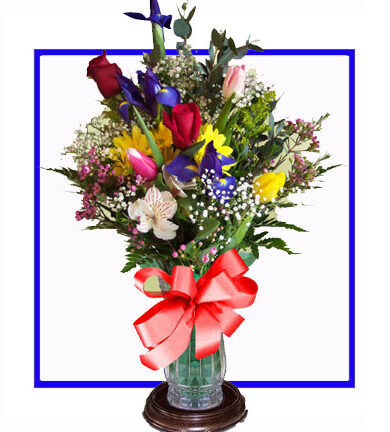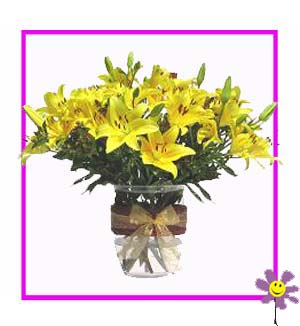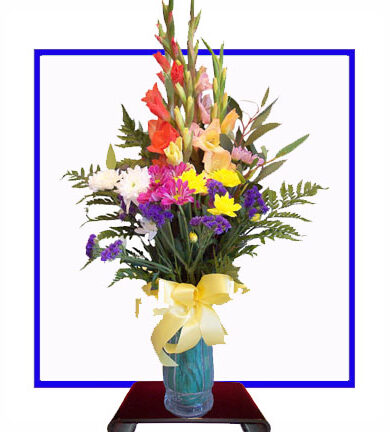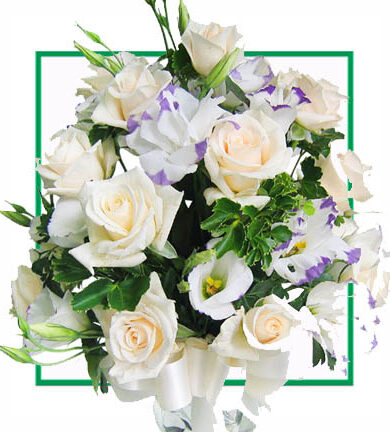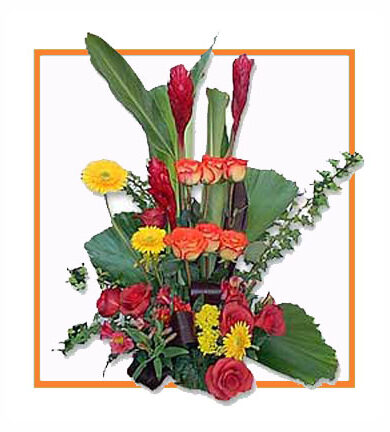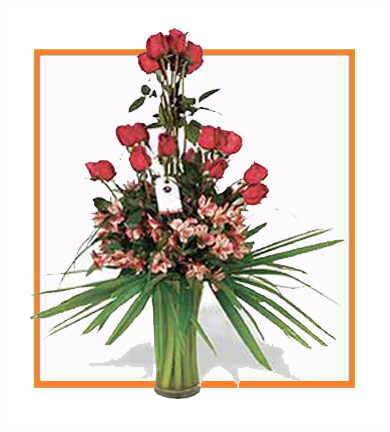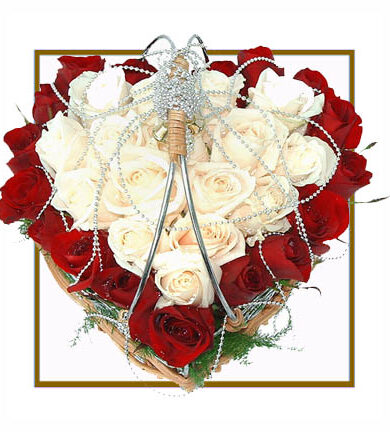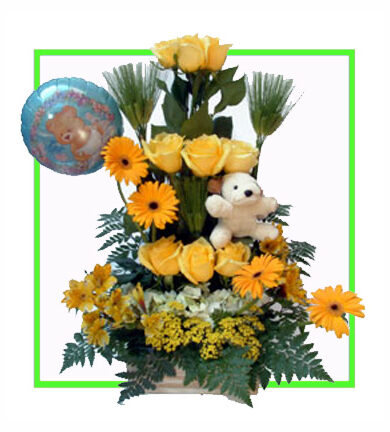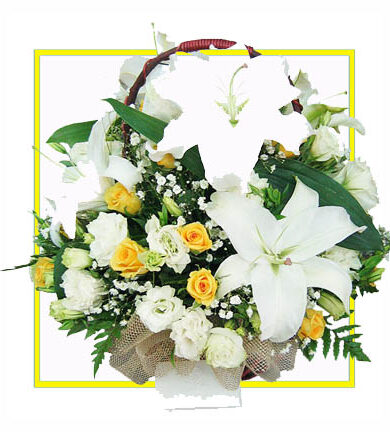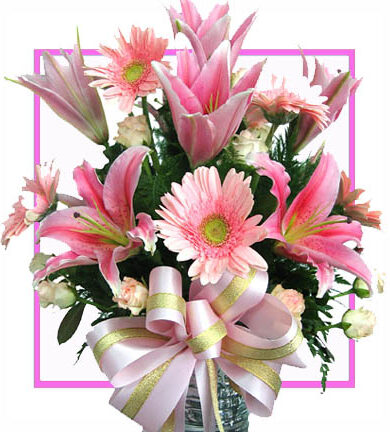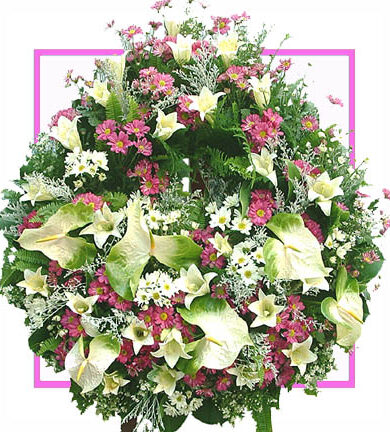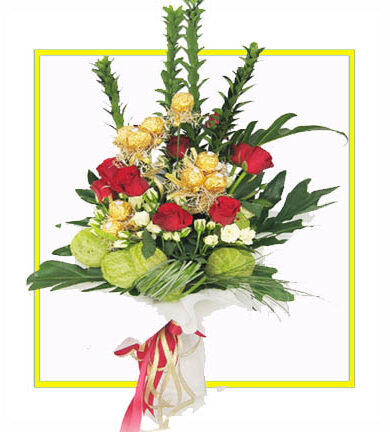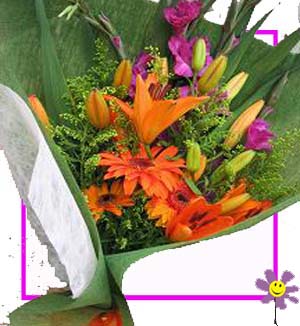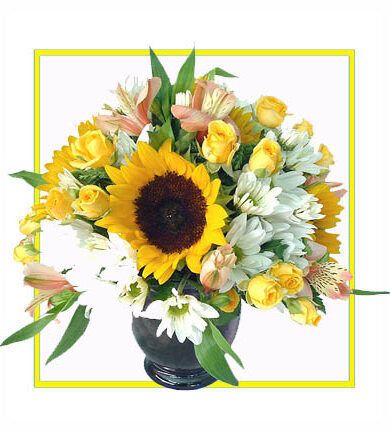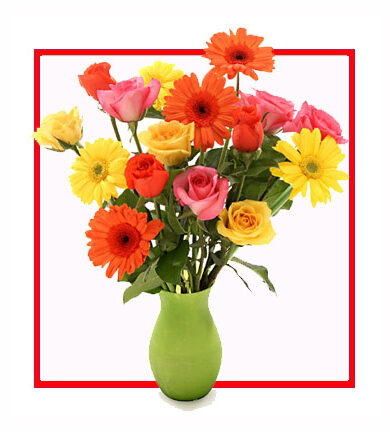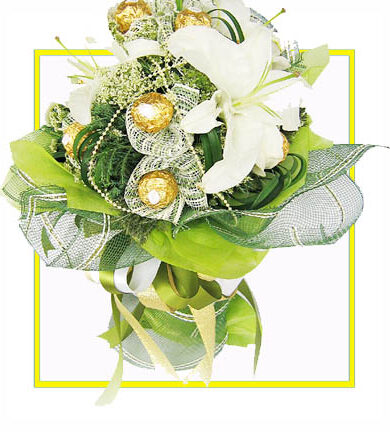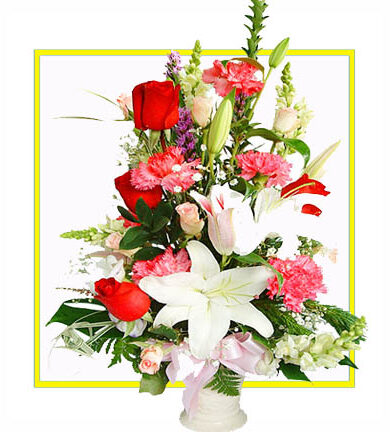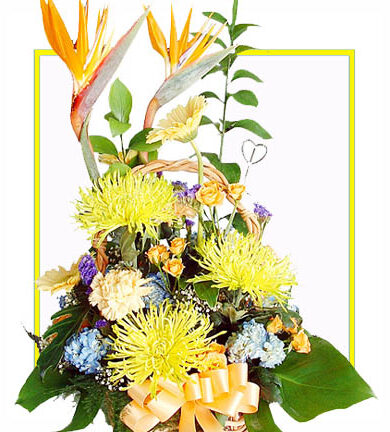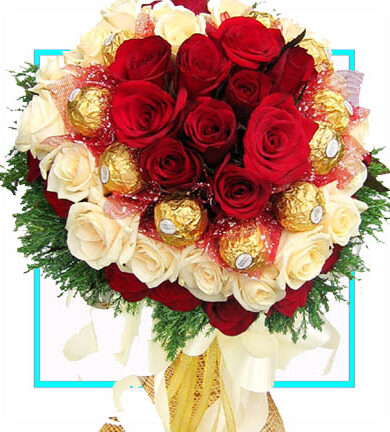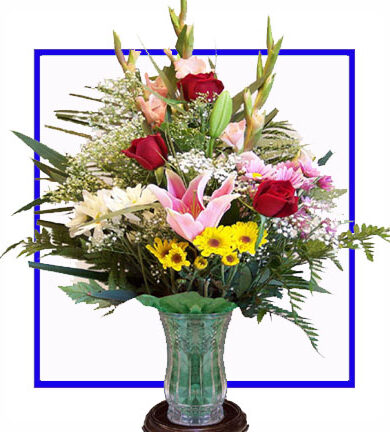Bikaner is well connected by road, rail and air links to the rest of the country. Bikaner has an airport named Nal Airport, which is 13 kilometres (8.1 mi) away from the city centre and which is still not fully functional. Basically it is an Indian Air force station, however a domestic terminal is under construction at the same airport site. It is expected that flight operation will start from Jan 2013 onward. |
The Bikaner Camel Festival is an event organized by the Department of Tourism, Art and Culture, of Bikaner, Government of Rajasthan. It takes place every year in the month of January. At this festival the “ships of the desert” are seen at their best. Some spectacular and unusual camel performances like camel races, camel dances, and the bumpy, neck shaking camel rides take place at this event. |
Maharaja Karni Singh – in full HH Maharajadhiraj Raj Rajeshwar Narendra Shiromani Maharajah Sri Dr Karni Singh Bahadur, also known as Dr Karni Singh, was from 1950 the last ruler of the princely state of Bikaner State, as part of India. He was also a politician, serving as a member of the Lok Sabha for twenty-five years, from 1952 to 1977, and an international clay pigeon and skeet champion. |
Ganga Singh’s son, Lieutenant-General Sir Sadul Singh, the Yuvaraja of Bikaner, succeeded his father as Maharaja in 1943, but acceded his state to the Union of India in 1949. Maharaja Sadul Singh died in 1950, being succeeded in the title by his son, Karni Singh (1924-1988). The Royal Family still lives in a suite in Lalgarh Palace, which they have converted into a heritage hotel. |
Constructed in 1486, Moolnayakji was the first Vaishnav Temple built in Bikaner. It was the principal seat of the Vaishanv sect. The first of the Bhagavad Katha Vachaks of the Rattani Vyas clan of Bikaner Shri Rattoji Vyas gave the Bhagavad Updesh to the king, Rao Bika and his aide Salloji Rathi. This practice is carried on till date. The presiding deity is Lord Moolnayak Krishna. |
On both evenings the festival ends with a performance by the renowned folk singers and dancers of Rajasthan. The jubilant dances swirling the ghagras, the awe inspiring fire dances and many other interesting and enthusiastic performances entertain visitors. In the grand finale a magnificent display of fireworks takes place which illuminate the desert city of Bikaner. |
Siyana Bhairoon mela : This fair is known for the utmost celebration by Hindu casts Ojha, Bhadani, chhangani and derasri. Devotees from this community along with others reach siyana village of bikaner by cart, buses, car, bike and on feet. Siyana village is known for the temple of lord bhiroon who is believed to bless all amenities to his devotees they prayed for. |
Built from red sandstone by Dungar Singh in the late 19th century, the temple is surrounded by a wall with battlements. It has a four faced black marble statue of Shiva and a bronze Nandi facing the Shiva Lingam. There are also two large reservoirs of water known as bawaris. The temple attracts thousands of visitors during Shravan (August) especially on Mondays. |
Following Gaj Singh, Surat Singh ruled from 1787 to 1828 and lavishly decorated the audience hall (see illustration) with glass and lively paintwork. Under a treaty of paramountcy signed in 1818, during Surat Singh’s reign, Bikaner came under the suzerainty of the British, after which the Maharajas of Bikaner invested heavily in refurbishing Junagarh fort. |
The climate in Bikaner is characterised by significant variations in temperature. In the summer season it is very hot when the temperatures lie in the range of 28–48.5 °C (82–119 °F). In the winter, it is fairly cold with temperatures lying in the range of 5–23.2 °C (41–74 °F). Annual rainfall is in the range of 260–440 millimetres (10–17 in). |
Bikaner is well served with roads and is linked directly to Delhi, Jaipur, Agra, Ludhiana, Bhatinda, Ambala, Ahmedabad, Haridwar, Jodhpur, Indore and many other cities. National highways 11, 15, and 89 meet at Bikaner. There is an under construction domestic airport at nal 14 km from city which will start its flights for Delhi and Jaipur in late 2012. |
Bikaner is served by two railway stations namely Bikaner Junction (BKN) and Lalgarh Railway Station (LGH). These two stations connect Bikaner with other cities and towns in Rajasthan and with the major cities in North India. Bikaner also has a very good network of city roads, where all modes of vehicular transport communications operates. |
According to the 2001 India census, Bikaner district had a population of 2,367,745. Males constituted 53% of the population and females 47%. Bikaner has an average literacy rate of 66%, higher than the national average of 59.5%; with male literacy of 74% and female literacy of 57%. 14% of the population is under 6 years of age. |
Out of the 27 beautiful Jain temples adorning the landscape of Bikaner city, this temple dedicated to the fifth Tirthankara, Sumatinath, is considered to be the most beautiful and also the highest. This temple was built by a Jain merchant, Bhanda Shah. The foundation of this temple was filled by pure ghee and dry coconuts. |
Kartik Poornima: The Jain community takes out a huge procession on this day consisting of paintings, palki of tirthankar and musical bands. It traverses all the areas inhabited by Jains. Local bhajan mandalis or Spiritual Bands perform with great excitement on this occasion. This festivity is unparalleled in India. |
Kolayat is a famous pilgrimage spot with a temple dedicated to Kapila who, according to his devotees, sat in meditation near the lake. One week before Pushkar Festival and till one week later this lake is more interesting if you like to see Sadhus. Pushkar will have some Sadhus but Kolayat will have many hundreds. |
Kodamdesar Mela :- Kodamdesar mela is celebrated in the village of Kodamdesar 20 km far from bikaner where the temple of lord bhairoon is situated. This temple have no roof for covering the statue of bhairoon nath. Chura and Surdashani purohit are the casts who have utmost faith upon kodamdesar bahiroon. |
Aksaye Tritya or “AKKHA TEEJ”: the foundation day of Bikaner. This was the day when Rao Bika laid the foundation of the new empire. Every year on this day people from across the social spectrum enjoy themselves by flying kites or “CHANDA”. They also enjoy a special meal, such as “Khichra and Imlani”. |
The city is also known for its intricately carved Jharokas. These red sandstone stone jalis (screens) are found on the windows of the Junagarh fort, temples and havelis (mansions of Northern India). Jalis would be used for ventilation and for women to watch the world while remaining hidden. |
On the second day of the festival the fleetest camels of the region take part in races. The competition is fierce as the best camels compete for the prizes, which is of great honor. Thousands of excited tourists join the local population to watch the events and cheer on their favorites. |
Surajratan Fatehchand Damani-a member of the 2nd Lok Sabha of India from the Jalore constituency of Rajasthan and a member of the Indian National Congress (INC) political party. He later become member of 4th, 5th and 6th Lok Sabha from the Solapur constituency of Maharashtra. |
Left: Lalgarh Palace, built (Indo-Saracenic style) for Maharaja Ganga Singh and named after his father, presently a heritage hotel and also a residence of the Bikaner Royal Family. Right: Ganga Singh as a member of the Imperial War Cabinet at No. 10 Downing Street, 1917. |
Bikaner is situated in the middle of the Thar desert and has a hot desert climate (Köppen climate classification BWh) with very little rainfall and extreme temperatures. In summer temperatures can exceed 50 °C, and during the winter they may dip below freezing. |
Pata : Pata is a wooden made giant sized square shaped couch on which people sit and chat. Pata was formed with intention to bring people together and discuss different issues on the daily basis. Nowadays Patas have become spot of pure entertainment and gossip |
Paryushan: The biggest festival of Jain community is celebrated with utmost fervour and dedication in the city in the Bhadrapad month of Hindu calendar. The temples are lavishly decorated. Spiritual ceremonies and fasting are seen everywhere in the city. |
Camel dance performances also take place. Competitions take place for the best decorated camel, fur cutting design, camel milking and the best camel hair cut. The camels display splendid footwork and dance gracefully to the direction of their drivers. |
Mukti Dham Mukam is a pilgrimage near Nokha for Bishnoi community. Bishnois are known for their kind nature and their love for nature and animals. It is a holy place for Bishnoi Community which is present in large number in the Bikaner District. |
Shaukat Usmani- a member of the émigré Communist Party of India and Freedom fighter.He was sentenced to a total of 16 years in jail after being tried in the Kanpur (Cawnpore) Case of 1923 and later the Meerut Conspiracy Case of 1929. |
Laxmi Nath Temple is one of the oldest temples in Bikaner. The foundation of the city was laid here in 1488 by Rao Bikaji. The temple was erected during the reign of Rao Lunkaran and was added to by Maharaja Ganga Singh. |
This temple is mainly famous for wall paintings and usta art. The temple is built of red sandstone and is divided in three floors. One can see the skyline of Bikaner by climbing to the topmost floor of this temple. |
The Bikaner camel festival has a historical significance. The camels were very important when there were no motor vehicles. At that time the camels were an important part of the transport in the city of Bikaner. |
Vijay Shankar Vyas- is a noted agricultural economist of India. He received Padma Bhushan award in 2006 from the Government of India. He hails from Pushkarna Brahmin community in Bikaner. |
The world famous shrine of Karni Mata can be found in the town of Deshnoke 30 km south from Bikaner on the road to Jodhpur. Karni Mata is worshiped as an incarnation of Goddess Durga. |
The Bikaner Camel Festival starts with a procession of bedecked camels from the Junagarh fort. The camels are decorated in typical Rajasthani attires, colorful bridles and saddles. |
Dungar Singh, who reigned from 1872 to 1887, built the Badal Mahal, the ‘weather palace’, so named in view of a painting of clouds and falling rain, a rare event in arid Bikaner. |
Camel festival: each January the state government organises a camel festival with camel races, various cultural events and a fire dance performed by the Sidh people. |
During the 18th century, there was internecine war between the rulers of Bikaner and Jodhpur and also amongst other thakurs, which was put down by British troops. |
Indra Chandra Shastri-an Indian author and philosopher from Bikaner in Rajasthan state in India. The government of India issued a postage stamp in his honour. |
Magan Singh Rajvi- a former Indian football player. He hails from Rajasthan. He was given the Arjuna Award in 1973 for his achievements as a football player. |
Dr T.D Dogra – Former Director All India Institute of Medical Sciences New Delhi. Vice Chancellor of SGT Universty,Budhera,Gurgaon,Haryana. |
Perfect flowers to express your emotionsShop Now

